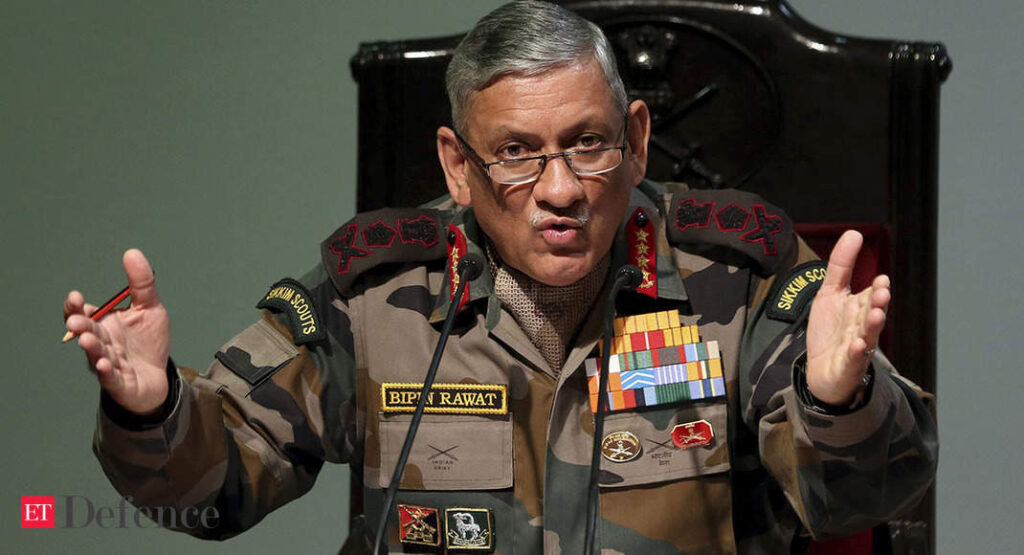
Islamabad flings to quell rise in Pak Taliban attacks
Since the Taliban’s preemption of Afghanistan, Pakistan’s offshoot of the strict Islamist group has ramped up attacks on its side of the border, leaving Islamabad scrabbling to reach a peace deal.
Active in the remote ethnical areas of Pakistan, experts say the militant group has been inspired by the Taliban’s successful ousting of world superpower the United States from Afghanistan.
Tehreek-e-Taliban Pakistan (TTP)– a separate movement which shares a common history with the Afghan Taliban– plunged the country into a period of terrible violence after forming in 2007.
Also made up substantially of ethnical Pashtuns, it carried out hundreds of self-murder lemon attacks and hijackings across the country, seizing control of border regions and assessing a radical interpretation of Islamic law in home where it held sway.
It was a TTP marksman who opened fire on snip Malala Yousafzai in her native Swat Valley, before she won the Nobel Peace Prize.
The group was also linked to the assassination of former high minister Benazir Bhutto.
But it was not until a gun butchery of nearly 150 children at a Peshawar academy in 2014 that the military eventually crushed the movement and forced its fighters to retreat into Afghanistan.
Now, nearly a decade latterly and with the Afghanstan Taliban back in control in Kabul, Pakistan is trying to quell a TTP comeback.
“The ( fighters) feel more comfortable after the fall of Kabul to the Taliban, they can now move freely in Afghanistan,”a TTP fighter told AFP on condition of obscurity.
“They’ve no fear of US drone strikes. And they can meet and communicate fluently.”
The TTP claimed 32 attacks in August, 37 in September and 24 in October– the loftiest yearly summations for at least five times, according to their own published data.
Across all of 2020, when the United States first pledged to start withdrawing its colors from Afghanistan, it claimed 149 assaults– three times further than in 2019.
The renewed confidence came apparent in October when the group’s leader Noor Wali Mehsud came out of caching and was mugged shaking hands with residers and speaking in public– commodity unconceivable just a many months agone.
Further than a dozen Islamist coalitions have since July 2020 rallied under his leadership.
In an attempt to ameliorate the TTP’s image and distinguish them from the Islamic State’s unreasonableness, Mehsud has largely taken the group in a new direction– sparing civilians and ordering attacks only on security and law enforcement officers.
Recent attacks have been far less deadly than the mass casualty bombings that formerly terrorised the country.
For Islamabad, part of the strategy to keep the trouble of the TTP at bay is by accommodating them.
History interior in his first term, Prime Minister Khan is keen to shore up support from Pakistan’s conservative base, and fellowship with groups similar as the TTP will appeal to pastoral choosers indeed while rankling the service.
Khan blazoned in October that the government was in addresses with the TTP for the first time since 2014, eased by Afghanistan’s new leaders.
Both sides have blazoned a armistice until at least December 9, while they hammer out an agreement.
“Those people who want to come back and admire our law and constitution, we’d like to give them a alternate chance,” said Fawad Chaudhry, Pakistan’s information minister.
Neither side has openly disclosed details about the negotiating points.
The release of about 100 TTP fighters was a crucial demand for the zealots to agree to a ceasefire, a source from the group told AFP.
The fighters are also appealing to be suitable to come out of caching and return to the ethnical areas. But without the support of elders– hundreds of whom have been killed over the times– any deal pitfalls being pointless.
“It’ll be delicate for them to return without laying down arms because they’ve adversaries there, they’ve killed people,”Baadshah, a ethnical elder, told AFP in Peshawar.
“They’ve grievances against the Taliban. But they’re ready to accept them reluctantly if it solves the problem,”he added.
Chaudhry has said those affected by the bloody insurrection would be included in addresses.
Made up of multiple coalitions, some of which also swore constancy to Al-Qaeda, the TTP remains a distinct group from Afghanistan’s Taliban.
The TTP has some to fighters, down from at its peak, according to estimates from the Pakistani authorities.
Their top leadership was wiped out by military operations backed by US drone strikes after 2014.
A Pakistan functionary who asked not to be named told AFP that the TTP is”not the same group as it was eight times ago”.
The current accommodations were taking place with youthful fighters and”third league leaders”, he added.
Still, peace addresses between the two sides have infuriated numerous within Pakistan, who remember the brutal attacks on seminaries, hospices, churches and requests which killed around people.
Its fighters aren’t openly roving as ahead,”but people can feel their presence”, especially at night, an elder of the Mehsud lineage told AFP.
In his traditional and religious quarter of South Waziristan,” utmost people love the Afghan Taliban because what they do is in the name of Islam”, he said.

